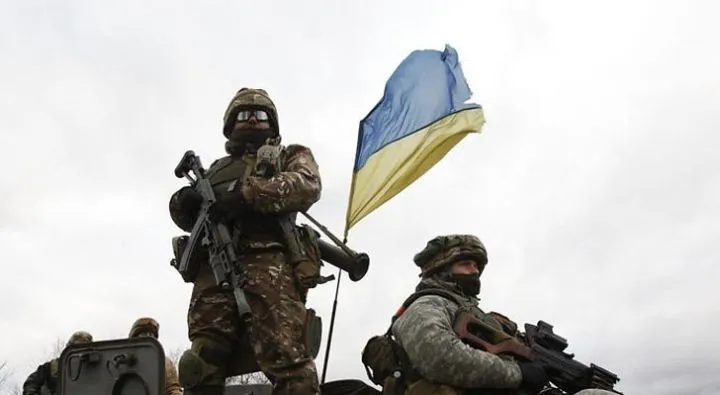ISW: Ukrainian counteroffensive operations in Kherson region continue
Ukrainian officials are increasingly acknowledging Ukrainian counteroffensive operations in the Kherson region.
It is reported by the Institute for the Study of War.
Kherson Regional Administration Advisor Serhiy Khlan stated on July 24 on the air of Espreso.tv that Ukrainian forces are undertaking unspecified counteroffensive actions in the Kherson region. According to him, the turning point on the front in the Kherson region has already arrived. The Ukrainian Armed Forces have taken the lead and are openly launching counteroffensive actions.

Khlan also said that Ukrainian strikes on Russian-controlled bridges around Kherson City only aim to prevent Russian forces from moving equipment into the city without stopping food and other essential supplies from entering the city.
“The strategic moves made on the Antonivka [over Dnipro river] and Darivka [over Inhulets river] bridges, the destruction of ammunition, command posts, equipment behind enemy lines and along the line of engagement are the results of preparatory work. Now it is a question of more powerful and precise artillery strikes along the front lines and mopping up the Russians in the positions they occupy,” the official said.
Ukrainian President Volodymyr Zelensky said on July 23 that Ukrainian forces are advancing “step by step” in the Kherson region. “You can see how far we have come towards our victory; and it will come. First of all, we can say now about the Kherson region. […] The AFU is advancing step by step in the region,” the President stated. His statement does not make clear whether he is referring to small, ongoing Ukrainian advances in the Kherson region or a broader counteroffensive.
Ukraine’s Southern Operational Command reported on July 24 that Ukrainian forces are firing on Russian transport facilities in the Kherson region to impede maneuverability and logistics support. This activity is consistent with support to an active counteroffensive or conditions-setting for an upcoming counteroffensive.
In its previous report, the ISW assumed that open-source visibility on the progress and tempo of the counteroffensive would likely be limited and lag behind events. The area between the front line and City of Kherson is rural and primarily composed of small settlements that are less likely to report on force movements and engagements, allowing control-of-terrain in this area to change without evidence appearing in open-source reporting, the Institute’s experts note.
Author - Anastasiya Glotova, 25/07/2022



































































































